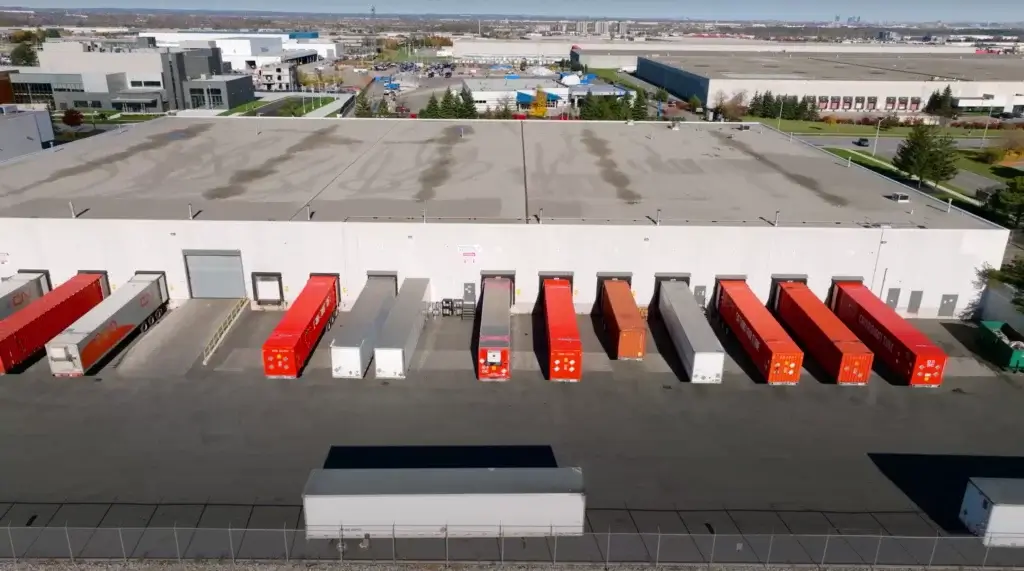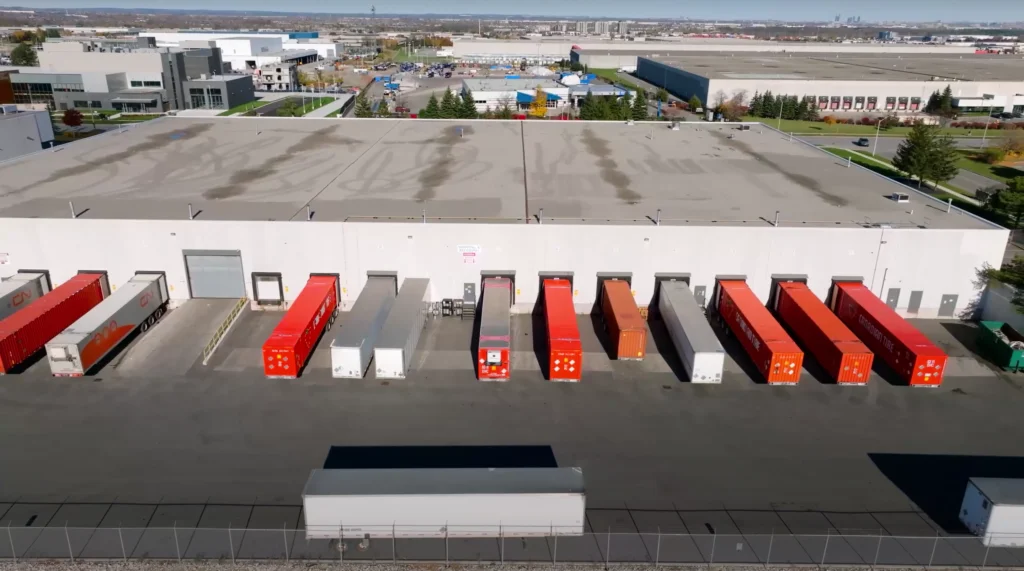When embarking on the journey to select an ideal Third-Party Logistics (3PL) provider, the significance of aligning key performance indicators (KPIs) with your overarching business goals and the nuanced demands of your supply chain cannot be overstated. The prospect of delving into this process need not appear as an intimidating endeavor; rather, this blog serves as a comprehensive and guiding checklist to shepherd you through this intricate decision-making process. In a world where logistics management can be the lynchpin of operational excellence, careful consideration of these factors is paramount.
Here, we delve deeper into a myriad of KPIs that merit careful contemplation and assessment as you navigate the intricate terrain of selecting the most fitting 3PL partner for your unique enterprise:
The Third-Party Logistics KPIs to Monitor
1. On-Time Delivery
The significance of the On-Time Delivery metric reaches far beyond the confines of a mere numerical value; it serves as a profound reflection of a company’s reliability, unwavering commitment, and customer-centric approach. By meticulously calculating the proportion of shipments that are consistently delivered in accordance with pre-established schedules, a business showcases its dedication to upholding customer satisfaction as well as the seamless flow of its supply chain operations. This metric stands as a tangible testament to the organization’s ability to honor promises made to customers, solidifying trust and loyalty.
2. Order Accuracy
The profound importance embedded within the Order Accuracy KPI reverberates across a myriad of facets within a company’s operations. It serves as a direct and impactful gauge of customer contentment, acting as a pivotal factor in mitigating the occurrence of returns, exchanges, and the need for corrective actions. Each and every precisely fulfilled order contributes as a foundational building block to creating a positive and memorable customer experience. This meticulous attention to order accuracy not only drives customer loyalty but also significantly contributes to the overall reputation and brand image of the company.
3. Inventory Accuracy
The meticulousness with which a 3PL maintains its inventory records carries a ripple effect that resonates from the very shelves of its warehouse to the overarching bottom line. By deftly avoiding the pitfalls of stockouts, overstocks, and any discrepancies in inventory levels, a business ensures the consistent availability of the right products precisely when they are needed. This level of precision has a direct and positive impact on sales performance, while simultaneously optimizing the utilization of capital. It’s essentially a harmonious synergy between operational finesse and financial prudence.
4. Lead Time
In today’s rapidly evolving business landscape, time is an invaluable asset. The measurement and analysis of the time span between the initiation of an order and its successful dispatch encapsulate a company’s operational agility and efficiency. A shortened lead time functions as a formidable asset in a company’s arsenal, enabling it to adeptly respond to the ever-shifting sands of customer preferences and market trends. This agility, rooted in reduced lead times, not only enhances customer satisfaction but also positions a company as a proactive player in the market.
5. Capacity and Scalability
As a business embarks on its journey of growth, so do its operational demands. Ensuring that a chosen 3PL partner can not only effectively handle the current order volumes but also possesses the flexibility to seamlessly scale alongside the company’s projected growth trajectory is the cornerstone of a truly sustainable partnership. The pursuit of alignment between a company’s expansion aspirations and the operational capabilities of its chosen 3PL guarantees a seamless journey toward mutual success.
6. Technology and Integration
In an era where digital prowess is not just a competitive edge but a prerequisite, the evaluation of a 3PL’s technological capabilities is no longer a choice—it’s an imperative. Scrutinizing the sophistication of their warehouse management systems, the efficacy of their order tracking mechanisms, and the seamlessness of their integration with a company’s internal systems are pivotal factors in ensuring a landscape of efficient operations and comprehensive visibility. A technologically advanced 3PL translates into streamlined processes and heightened competitiveness.
7. Customer Service and Communication
At the heart of any enduring partnership lies the bedrock of effective communication. Beyond the realm of operational metrics, the responsiveness, transparency, and adeptness of a 3PL in swiftly addressing and resolving issues are crucial aspects to consider. Integrating these facets within the framework of a Service Level Agreement (SLA) nurtures an environment of collaboration and mutual understanding, bolstering the partnership’s resilience in the face of challenges.
8. Returns Management
Often underestimated, the domain of returns management has substantial influence over a company’s overall customer satisfaction. A meticulously orchestrated returns process extends far beyond a mere cost-saving measure; it’s a pivotal avenue for elevating the entire customer experience and fostering brand loyalty. A seamless and customer-centric returns process is a testament to a company’s commitment to not only delivering products but also nurturing enduring relationships with its customers.
Conclusion: Third-Party Logistics KPIs
In the ever-evolving tapestry of industries, the relevance of specific KPIs is intrinsically linked to factors such as your industry vertical, business model, and the strategic aspirations of your supply chain.
If you’re curious to learn more about MacMillan’s approach to crafting, managing, and transparently reporting KPIs, feel free to reach out to our Director of Sales and Marketing, Monika Lojek. In a landscape characterized by relentless change and heightened customer expectations, the endeavor to optimize logistics is an important step to take.





